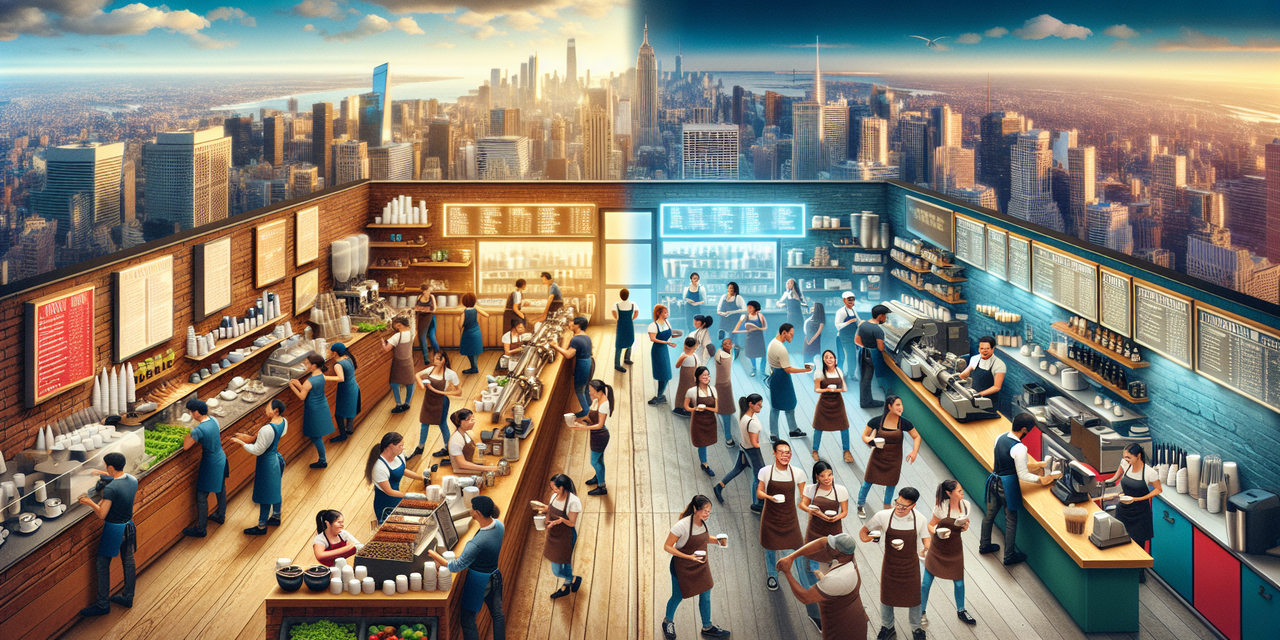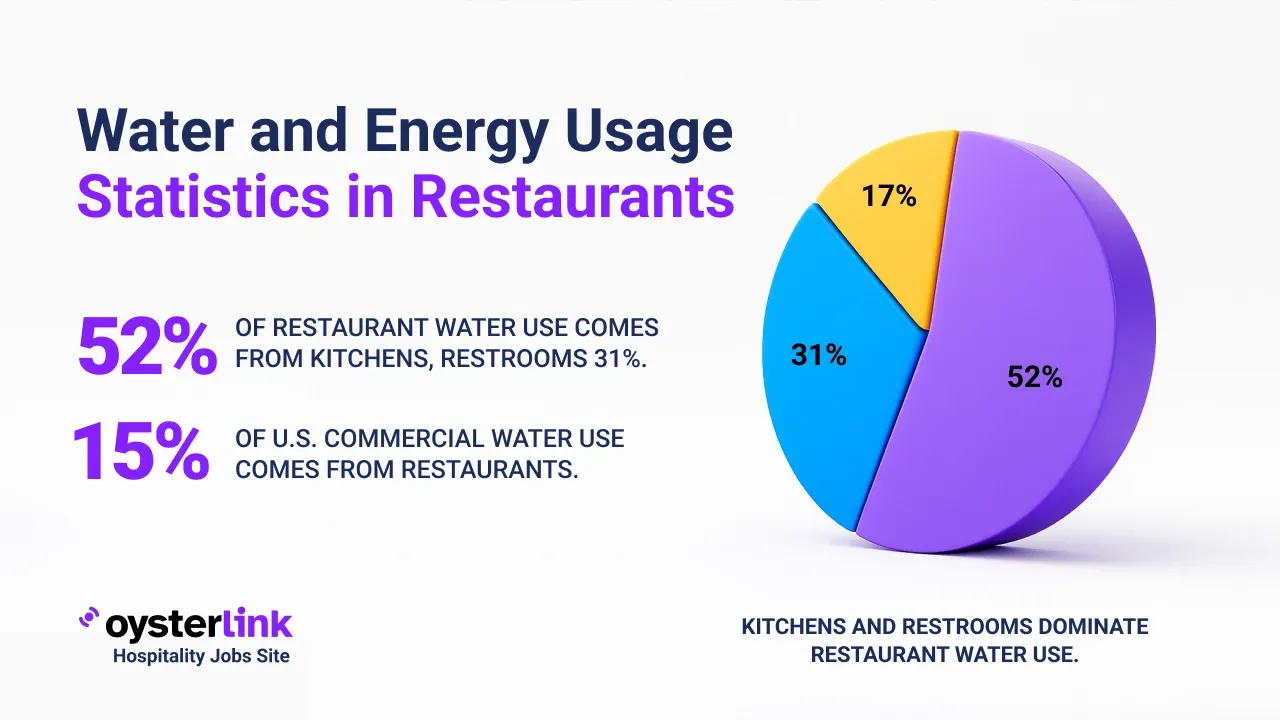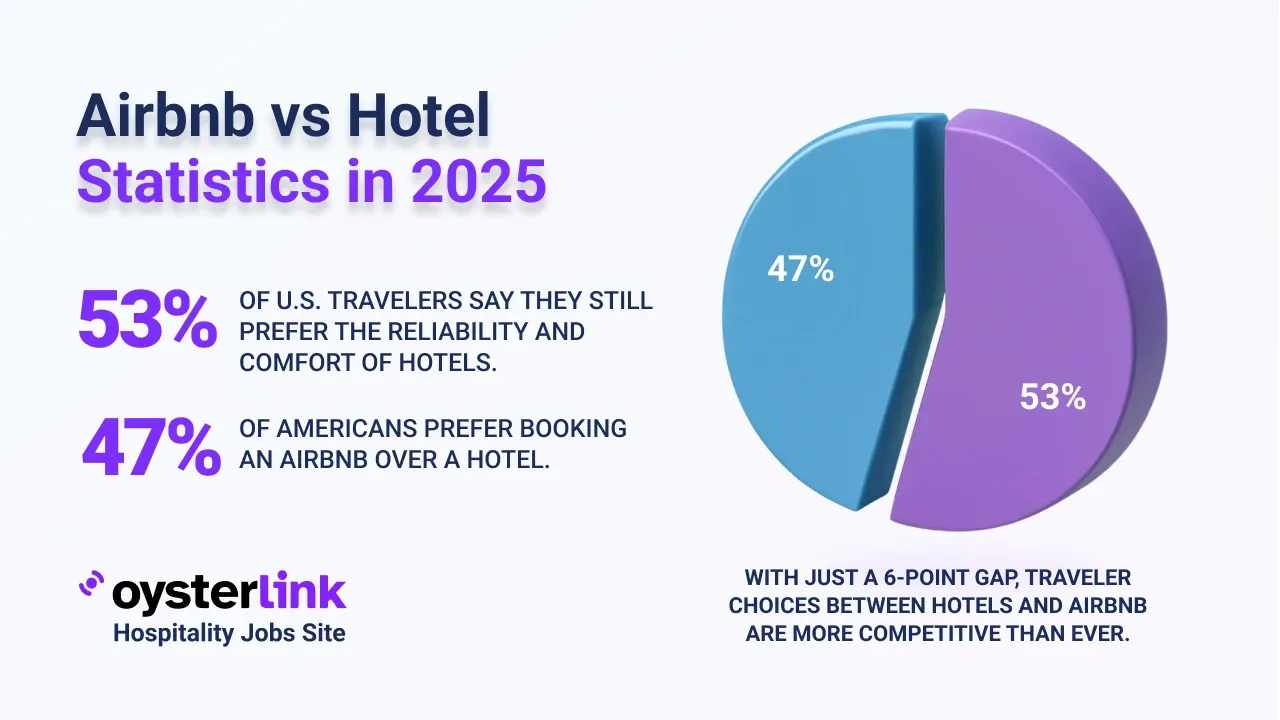Barista Union vs Non-Union Jobs: Key Takeaways
- As of October 2024, over 11,000 Starbucks baristas at 500 stores in at least 40 U.S. states have voted to unionize, mainly with Workers United.
- Unionized baristas typically earn higher wages (with union wage premiums historically ranging 21%-32% in Canada) and enjoy better benefits than non-union workers.
- Unions provide stronger job security and workplace protections through collective bargaining, helping address issues like understaffing, wage gaps, and scheduling.
The rise of barista unionization, especially at large coffee chains like Starbucks, reflects workers' demands for fair wages, benefits, and job protections.
This article explores the key differences between union and non-union barista jobs to inform workers considering union membership.
1. Barista Union Jobs: Wages, Benefits, and Protections
Unionized baristas generally enjoy better compensation and workplace safeguards than their non-union peers. Collective bargaining agreements often secure higher wages, improved healthcare, and paid time off.
While U.S.-specific data for baristas is still emerging due to the recent surge, union wage premiums have historically ranged from 21% to 32% in Canada since the 1970s, demonstrating significant earning advantages for union members.
Beyond wages, unions negotiate for:
- Comprehensive health insurance plans
- Paid sick leave and vacation time
- Structured scheduling to reduce unpredictable shifts
- Clear grievance procedures protecting against unfair dismissal
Importantly, unions help formalize these protections in binding contracts, offering baristas a stronger voice and legal recourse in workplace disputes.
Restaurant owners can find strategic insights on improving their hiring and retention practices in this restaurant staff hiring guide.
2. Non-Union Barista Jobs: Challenges and Considerations
Non-union baristas usually have less bargaining power and fewer guaranteed benefits. Employers may offer wages and perks at their discretion without legally binding agreements.
Common challenges for non-union baristas include:
- Lower or stagnant wages
- Limited or no paid sick leave and healthcare options
- Irregular or last-minute scheduling
- Fewer protections from arbitrary discipline or termination
Without collective bargaining, workers often have to negotiate individually or accept employer policies. This dynamic can exacerbate issues like understaffing and wage disparities.
For hospitality managers, learning how to hire high performers can greatly improve team stability and employee satisfaction.
3. The Rise of Barista Unionization in the U.S.
Unionization efforts among baristas have gained substantial momentum, catalyzed by issues magnified during the COVID-19 pandemic such as understaffing, unsafe working conditions, and inconsistent scheduling.
Starbucks has become a focal point for these movements. By October 2024, over 11,000 baristas at approximately 500 stores across at least 40 states voted to unionize, predominantly aligning with the union Workers United.
These efforts aim to improve employment conditions through collective negotiation, leveraging worker solidarity to influence company policies.
Employer Resistance to Barista Unionization
Many employers have pushed back against union drives, sometimes using tactics like withholding benefits or offering raises exclusively to non-union stores.
The National Labor Relations Board (NLRB) has recently accused Starbucks of labor violations for providing pay raises and benefits only to non-unionized locations to undermine union momentum.
This highlights the potential obstacles and conflicts baristas may encounter during unionization attempts.
Employers interested in avoiding these pitfalls can benefit from the restaurant manager training checklist to better manage labor relations.
4. Benefits of Unionization for Baristas
- Higher wages: Union contracts often secure rate increases and wage premiums above market averages.
- Better benefits: Access to healthcare, paid vacation, and sick days is generally more comprehensive in unionized workplaces.
- Job security: Unions negotiate clear procedures for grievances and layoffs, reducing risk of unfair terminations.
- Workplace voice: Baristas can collectively influence scheduling, staffing, and safety policies.
For example, a federal labor law judge ordered Starbucks to reinstate a union organizer who was forced to resign over scheduling conflicts, demonstrating the protective power of unions.
Baristas seeking to understand the role can explore detailed barista job description and related career resources.
5. Considerations and Challenges of Union Membership for Baristas
Despite obvious benefits, unionization is not without its challenges. Organizing and maintaining a union involves:
- Time and effort: The process can be lengthy and requires strong worker solidarity.
- Potential employer retaliation: Legal but aggressive tactics by management, including reduced benefits or union-busting activities.
- Union dues: Members typically pay dues that fund union activities, which some may find burdensome.
- Collective decision-making: Compromises are sometimes necessary in bargaining agreements.
Workers must weigh these factors alongside the potential for improved working conditions.
For a deeper dive into the challenges faced by baristas, the article pros and cons of being barista provides balanced insights.
6. How Workers Can Make Informed Decisions About Barista Union Jobs
Baristas considering unionization should assess their workplace environment, priorities, and willingness to engage in collective action.
Key steps include:
- Learning about union rights and protections
- Connecting with existing union members or organizers
- Reviewing company policies and recent labor relations history
- Understanding the legal framework governing labor rights, such as the National Labor Relations Act
Gathering information empowers workers to make choices aligned with their career goals and values.
Those interested in exploring related careers can check out the bartender job description for roles that might share workplace environments and skills.
7. Useful Government Resources for Barista Union and Non-Union Workers
For further information about labor rights and unionization, baristas may consult the following authoritative sources:
- U.S. Department of Labor: Fair Labor Standards Act (FLSA) - covers wage and hour laws
- National Labor Relations Board (NLRB) - oversees labor practices and union election processes
- U.S. Bureau of Labor Statistics: Union Members Summary - provides data on union membership nationally
Barista Union vs Non-Union Jobs: Conclusion
The growing movement toward barista unionization reflects a desire for fair wages, improved benefits, and stronger workplace protections.
Union barista jobs generally offer better compensation and security, but may involve challenges such as employer resistance and dues.
Non-union roles might provide quicker hiring but typically offer fewer guarantees and lower pay.
By understanding the distinctions between union and non-union environments and utilizing available resources, baristas can make empowered decisions about their careers and working conditions.

.webp)

.webp)
